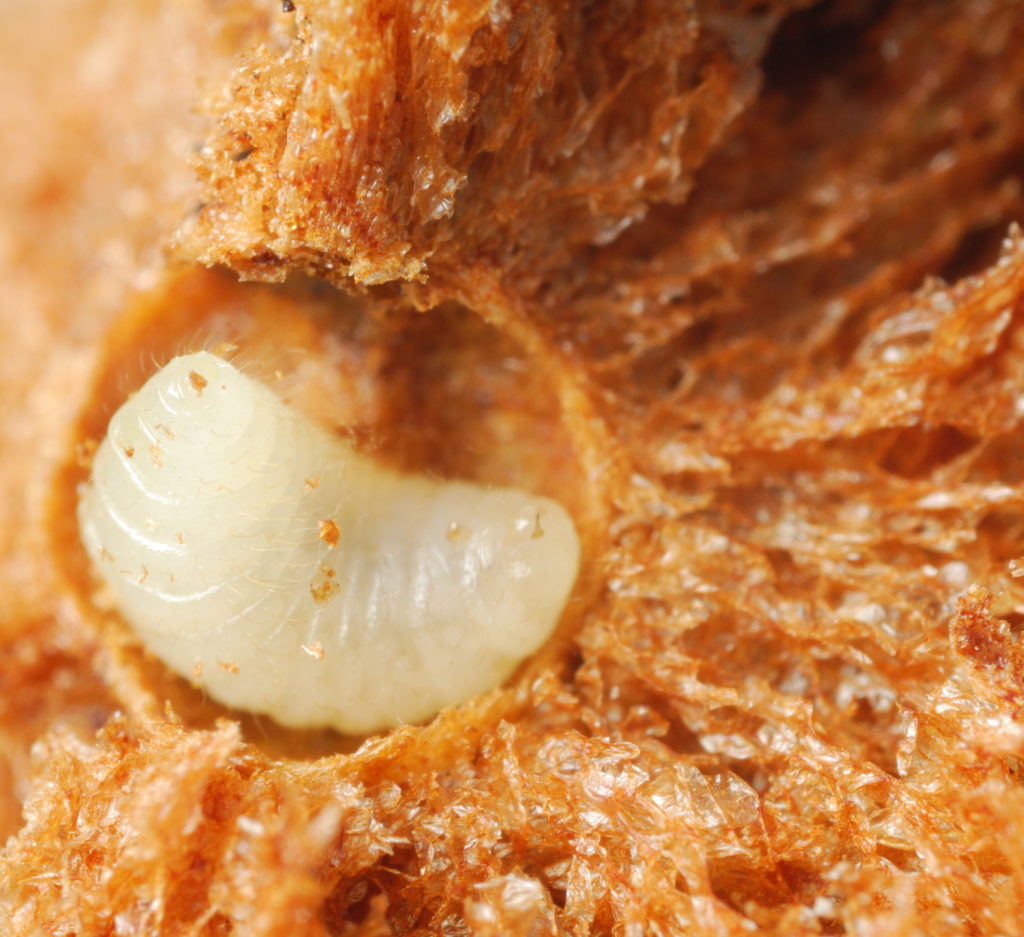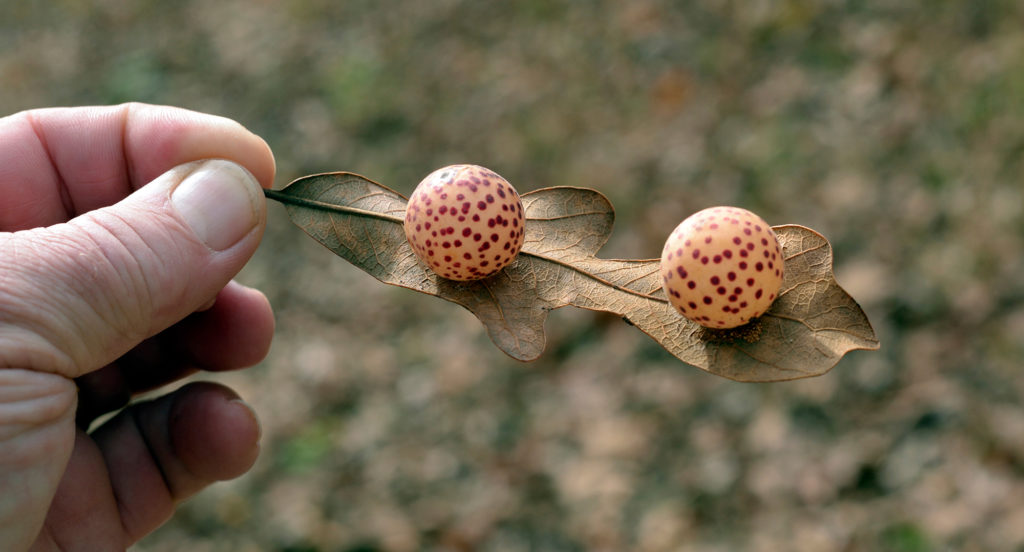
Oak Community A World of Interactions


Oak Community Objectives:
- Distinguish between an oak savannah and an oak woodland, including differences in microclimates and species diversity.
- Explain why oak habitats are in decline.
- Provide examples of organisms and symbiotic relationships found in an oak community.
The Finley Reserve, approximately 10 miles south of Corvallis, has a variety of habitats, including oak woodland and oak savanna.
A drive through oak savanna in the summer. Note the space between the trees and dry grasses.
This is the characteristic look: a few Oregon White Oaks (Quercus garryanna) scattered in a meadow.
Note the lack of forest layers, it is pretty much tree and grasses. Also, light is penetrating all around the tree, so it is dry in the summer.
Less than a mile away is oak woodland made up of stands of oak trees and layers of other tree species and shrubs.
Which would be cooler, the oak savanna or oak woodland? Which would have more moisture? Which would have greater species diversity?
Snags can provide additional habitat within a woodland.
Epiphyte diversity and density are often higher in the oak woodlands.
The microclimate and diversity differences can be distinct even at small scales. Upland oak savanna in this video, up on small rolling hills, can be exposed to wind and strong summer sunlight, and have lower diversity that flatland oak savannas. Some species have competitive advantages in dryer and warmer conditions.
Valley quail are a common (and often entertaining) feature of oak savannas.
Woodpeckers feed on acorns and raise their young in oak trees. Entire food webs are formed around the oak leaves, branches, bark, roots, and leaf litter.
Oak savannas are often concerted directly to grazing, to “dry crop” production, or with irrigation to a wider range of crops. Oak woodlands can also be converted to agricultural use. Sometimes small clumps of trees are left standing, as is the case with our oak grove. This video is a quick tour through the grove in October.

Often agricultural land comes right up to the edge of surviving groves. Since acorns germinate and grow into seedlings in sunny and exposed areas, they are often mowed down. As a result, many of the standing groves will not be replaced by oaks when old trees eventually die.
We have started a new grove to some day become the replacement oak woodland. Douglas fir trees will most likely replace the current oak grove, they have already started growing in the shade of the old oaks.
Oak Symbiosis
Oak galls are scars the oak tree produces in response to parasitic wasp larvae.
We are out looking for oak galls on our smaller trees.
Here is a close look at what is inside of the gall structure.

This is the end of the Communities Guide. The material from this guide and lecture are assessed on the weekly quiz along with the next Sampling Guide and lecture.

Check your knowledge. Can you:
- Distinguish between an oak savannah and an oak woodland, including differences in microclimates and species diversity?
- Explain why oak habitats are in decline?
- Provide examples of organisms and symbiotic relationships found in an oak community?









